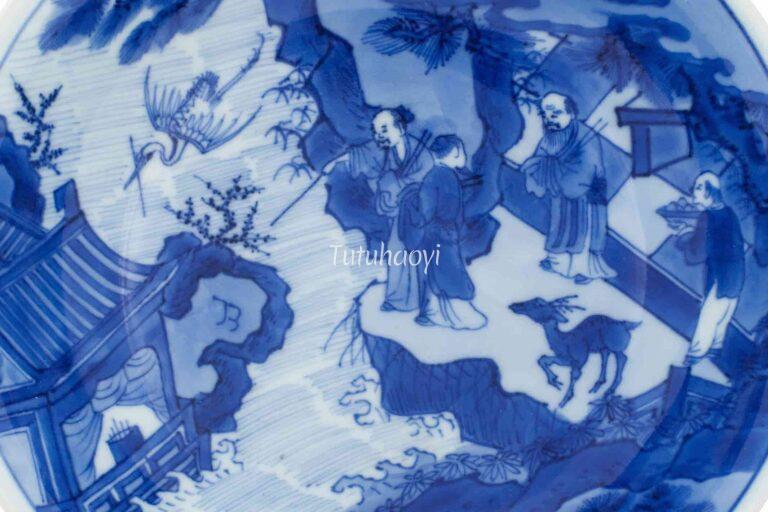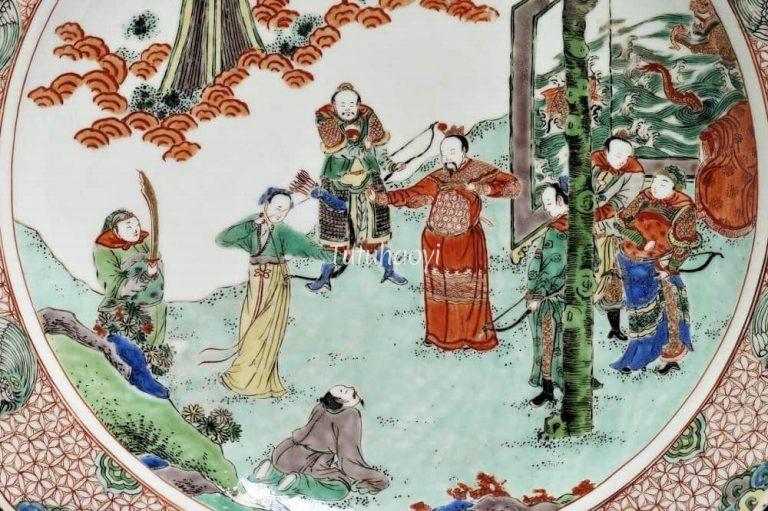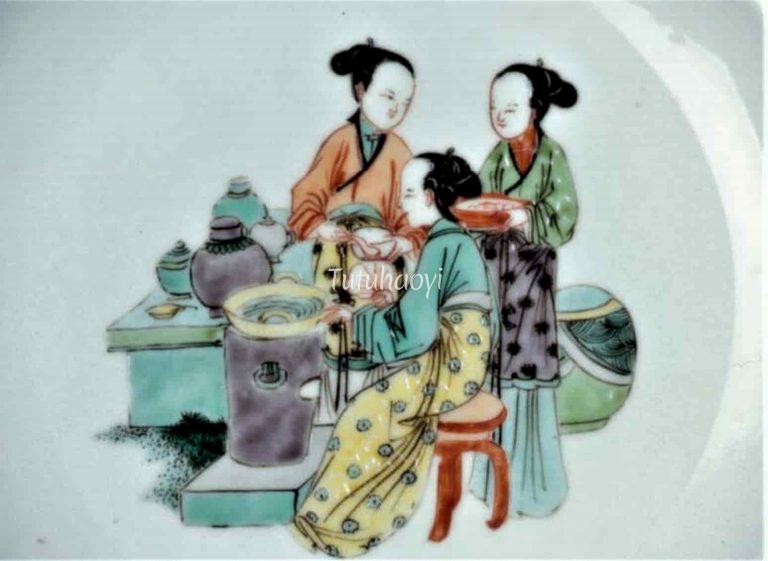Blogs
Interesting findings & case studies on commonly misunderstood and mystery images
On the seventh day of the seventh month of the lunar Chinese year, young men and women will celebrate their traditional ‘Valentine’s Day’, Qixi Festival (七夕节). The custom can be traced back to an ancient story.
More often than not, traditional Chinese motifs or symbols are not receiving their deserved attention, being given simplistic or inadequate labels and inaccurate explanations in our museums, catalogues, or even scholarly writing. The treatment of many pictorial representations of the thousand-year-old literary anecdote ‘A bamboo counter is being added to the house in the sea (海屋添筹 hai wu tian chou)’ is a case in point.
Congratulations on art historian Dr Yibin Ni’s new research into a rare story scene in Chinese pictorial art, which may have puzzled contemporary museum curators and porcelain collectors. Dr Ni has traced the art historical context in which this rare pictorial scene of The Wife of the Bow Maker in the State of Jin was created and provided us with historical evidence to identify and illuminate its unique composition. His work on this previously mysterious story scene has undoubtedly contributed to the treasure trove of Chinese iconography.
A literati theme with the image of a scholar riding in a snowscape with branches of plum blossoms in the vicinity has been very popular in traditional Chinese visual culture and literature. But who is the scholar in the scene? Art historian Dr Yibin Ni hereby unveils the mystery for us.
Pictorial artworks with figural scenes in traditional China often have historical and cultural significance and are not to be mistaken for daily life genre painting. Here is an example and Dr Yibin Ni will explain to you the hidden meaning in the scene of Seasoning the Stew with Sour Prunes.
CATEGORIES
RECENT POSTS
 October 03, 2022The ‘Double Yang Day’ in Chinese Traditional Festivals
October 03, 2022The ‘Double Yang Day’ in Chinese Traditional Festivals July 20, 2022Pictorial Presentations of the Story of Cowherd and the Weav ...
July 20, 2022Pictorial Presentations of the Story of Cowherd and the Weav ... June 25, 2022Pictorial Presentation of Amitabha and the Two Assistant Bod ...
June 25, 2022Pictorial Presentation of Amitabha and the Two Assistant Bod ... May 16, 2022Hongwu Porcelain – The Treasure in Ming Dynasty Founded by Z ...
May 16, 2022Hongwu Porcelain – The Treasure in Ming Dynasty Founded by Z ... April 09, 2022How did Guo Ziyi deter the colossal enemy army without fight ...
April 09, 2022How did Guo Ziyi deter the colossal enemy army without fight ...
Archives
- October 2022
- July 2022
- June 2022
- May 2022
- April 2022
- March 2022
- February 2022
- January 2022
- December 2021
- November 2021
- October 2021
- September 2021
- August 2021
- July 2021
- June 2021
- May 2021
- April 2021
- March 2021
- February 2021
- January 2021
- December 2020
- November 2020
- October 2020
- September 2020
- August 2020
- July 2020
- June 2020
- May 2020
- April 2020




